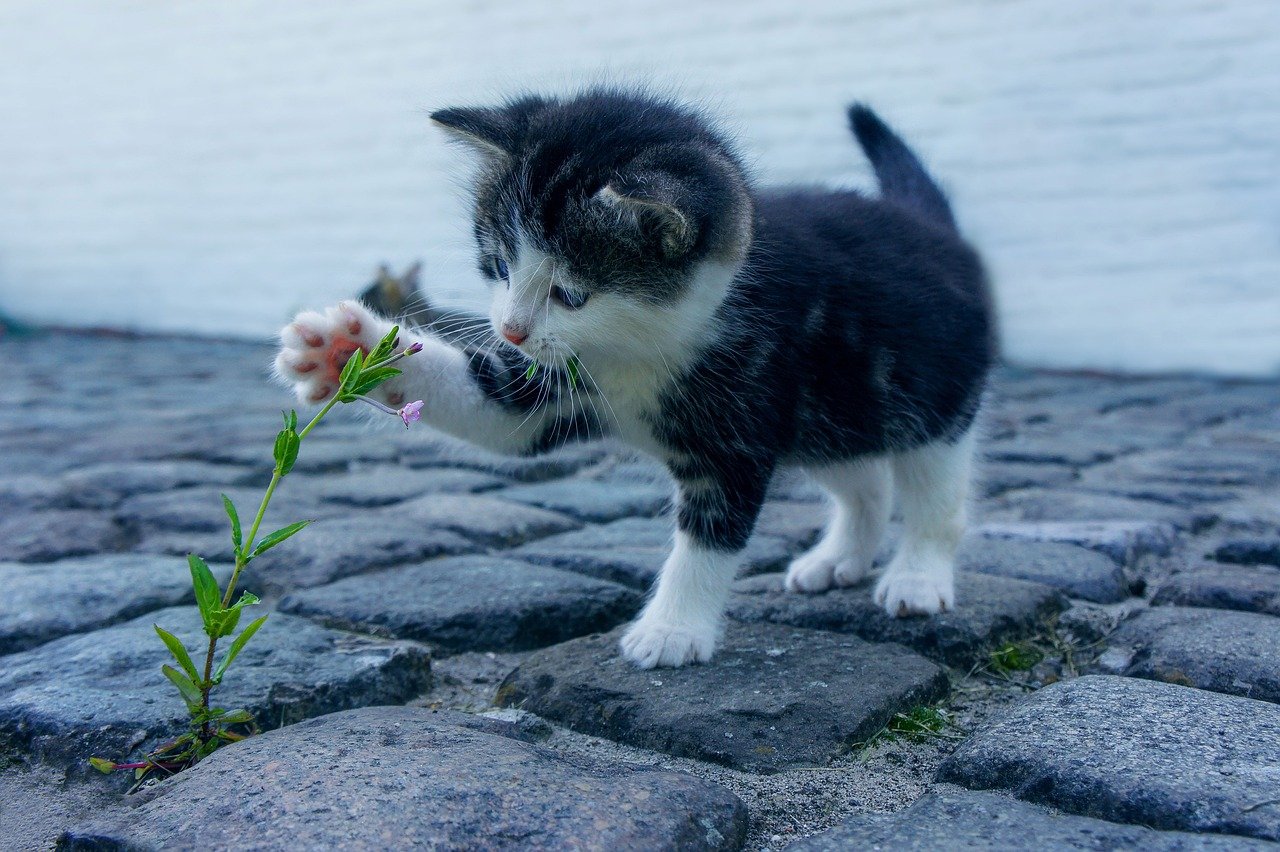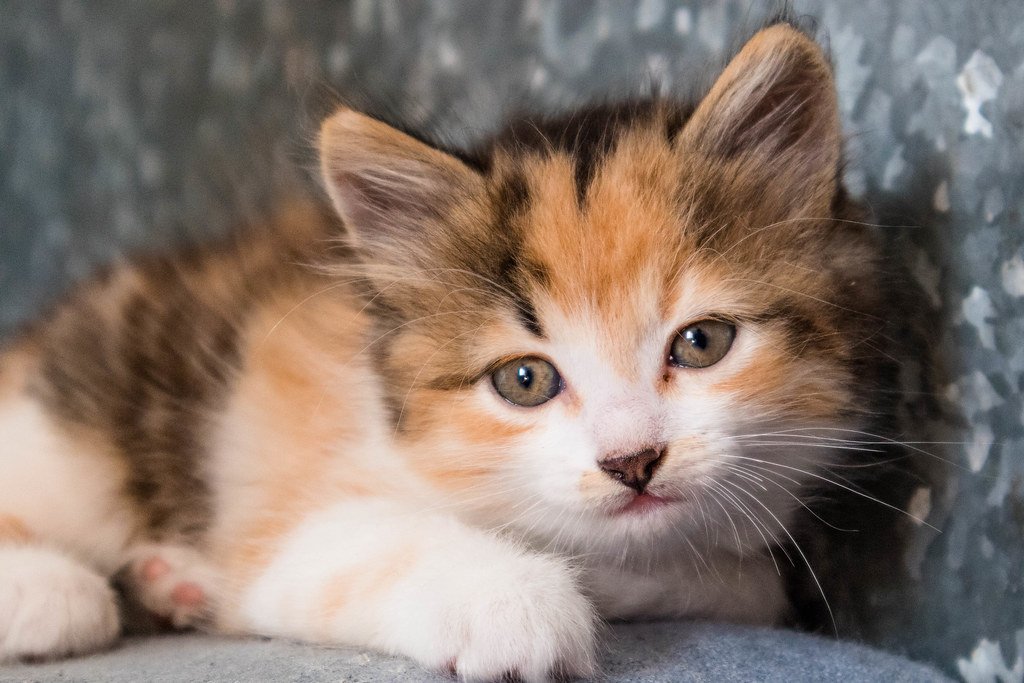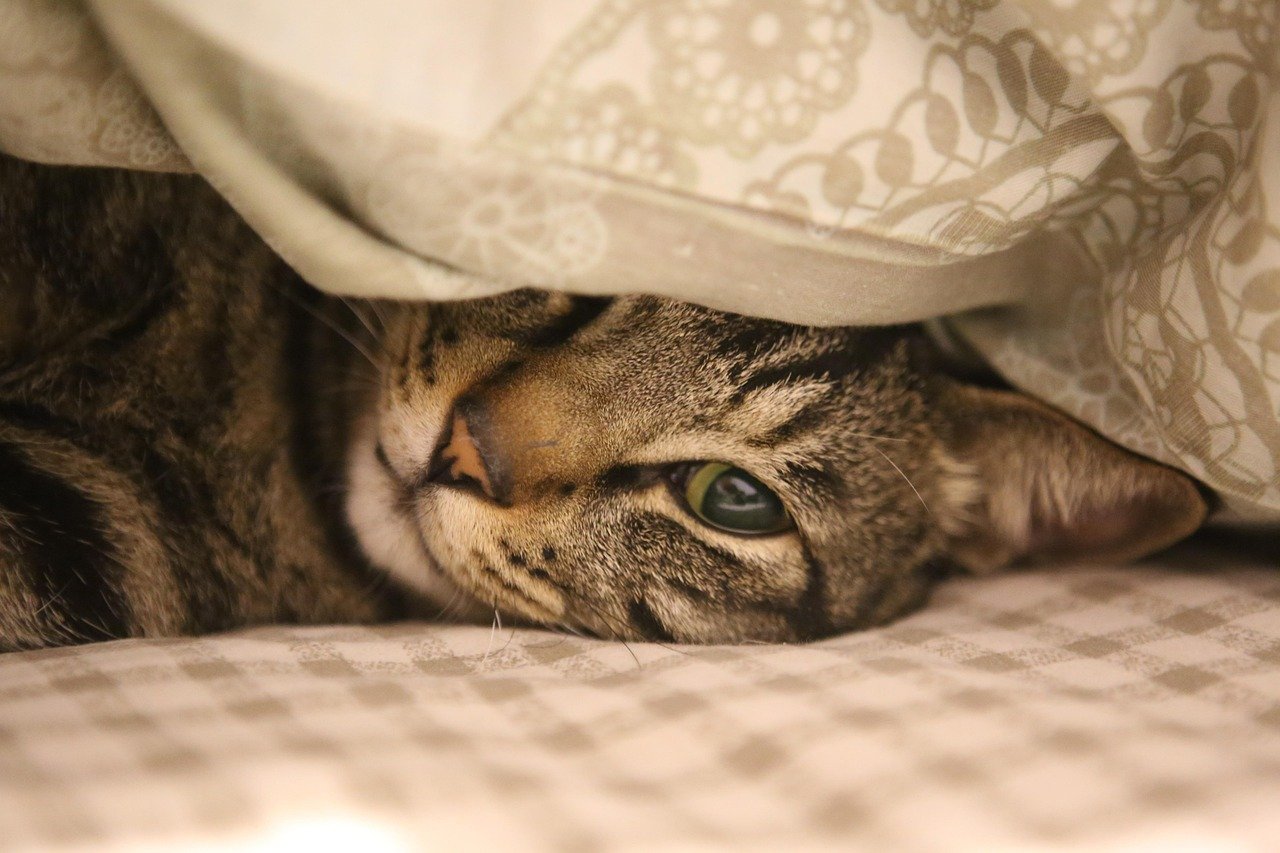The Natural Hunter’s Dilemma

Ever watched your cat ignore that expensive feather wand while staring intently at a dust bunny? This isn’t defiance—it’s evolution in action. Some cats simply have hunting instincts so refined that artificial toys feel like cheap knockoffs of the real thing. Their ancestors didn’t chase plastic mice through ancient forests. These felines need the unpredictable movement, the authentic scent, and the genuine challenge that only real prey can provide. When a toy moves in predictable patterns, their sophisticated hunting brain just switches off.
Sensory Overload Strikes Again

Modern cat toys often assault feline senses with bright colors, loud sounds, and artificial scents that humans think are appealing. But cats experience the world through a completely different sensory lens than we do. That neon-colored mouse might look exciting to you, but to your cat, it could feel like being handed a screaming, fluorescent nightmare. Their sensitive hearing picks up every electronic beep, while their refined sense of smell detects every chemical coating. Sometimes the kindest thing we can do is offer them nothing at all.
The Perfectionist’s Paradox

Some cats are simply too smart for their own good. They’ve figured out that toys aren’t real prey, and this knowledge ruins the entire experience for them. These intellectual felines can’t suspend their disbelief long enough to enjoy a game of pretend. They see the string, they notice the human controlling it, and they lose all interest in participating in what they consider an obvious charade. It’s like asking a film critic to get excited about cardboard cutout actors.
Territory Anxiety Runs Deep

Cats who feel insecure in their environment rarely have the mental bandwidth for play. If your feline is constantly worried about other pets, unfamiliar scents, or changes in the household, toys become irrelevant distractions. Their survival brain stays locked in high alert mode, scanning for real threats instead of engaging with pretend ones. Think of it like trying to enjoy a board game while someone’s burglarizing your house next door. The anxiety just doesn’t leave room for fun.
Age Changes Everything

Senior cats often develop arthritis, dental pain, or other physical discomforts that make playing feel more like punishment than pleasure. That bouncy ball that once brought joy now represents potential pain when they try to pounce. Their energy reserves become precious commodities, reserved for essential activities like eating, grooming, and finding the perfect napping spot. Forcing play on an aging cat is like insisting your grandmother join your CrossFit class.
The Texture Sensitivity Issue

Many cats have strong preferences about what they’re willing to touch with their paws and mouths. Some can’t stand the feeling of synthetic fur, while others recoil from rubber or plastic textures. These sensitivities aren’t pickiness—they’re genuine physical responses that can range from mildly unpleasant to deeply disturbing. A cat who won’t touch felt mice might enthusiastically chase a simple paper ball because the texture doesn’t trigger their aversion. It’s all about finding what feels right to their particular nervous system.
Solitary Souls Need Space

Not every cat is social, and many toys require interaction with humans or other pets that some felines simply don’t want. These independent spirits prefer to control their own entertainment schedule and style. Interactive toys can feel invasive to cats who value their autonomy above all else. They’d rather stalk a shadow on their own terms than perform tricks for treats. Respecting their need for solitude often leads to them being more receptive to gentle play opportunities later.
The Boredom Trap Backfires

Surprisingly, some cats reject toys because they’re actually under-stimulated rather than over-stimulated. When a cat’s environment lacks sufficient mental challenges, they can become depressed and lose interest in everything, including play. Their brains essentially shut down from lack of engagement, making even the most enticing toy seem pointless. These cats need environmental enrichment—window perches, puzzle feeders, or simply more complex living spaces—before they’ll rediscover their playful side.
Past Trauma Lingers

Cats who experienced rough play, aggressive handling, or frightening toy-related incidents might develop lasting aversions to playtime. A cat who was once grabbed while playing with a feather wand might forever associate toys with feeling trapped or threatened. Rescue cats especially may carry invisible scars that make them wary of anything that resembles past negative experiences. Building trust takes time, and pushing toys on traumatized cats can actually reinforce their fears.
The Wrong Toy Timing

Cats are crepuscular creatures, most active during dawn and dusk when their prey would naturally be moving around. Offering toys during their natural rest periods—like midday or late evening—often results in complete disinterest. Your cat isn’t being stubborn; they’re simply not biologically programmed to hunt at 2 PM on a Tuesday. Timing play sessions to match their natural energy cycles can transform a toy-resistant cat into an enthusiastic player almost overnight.
Scent Memories Matter

Cats live in a world dominated by scent, and toys that smell wrong can be immediate turn-offs. Toys stored in smelly closets, washed with strong detergents, or handled by unfamiliar people carry scent signatures that can range from off-putting to downright alarming. Some cats won’t touch anything that doesn’t smell like their home environment. Fresh catnip can help, but even that isn’t a universal solution since not all cats respond to catnip at all.
The Overstimulation Shutdown

Modern homes can be sensory nightmares for sensitive cats—constant noise from appliances, changing light patterns from screens, and a parade of different scents from cleaning products and food. When their sensory systems are already maxed out, adding toys to the mix becomes the final straw that triggers a complete shutdown. These cats need calm, predictable environments before they can even consider engaging with anything extra. Sometimes the most loving thing you can do is create more peace, not more stimulation.
The Social Learning Gap

Cats who were separated from their mothers too early or raised without other cats often miss crucial lessons about play behavior. Play fighting with siblings teaches cats how to control their claws, moderate their bites, and understand the difference between real aggression and fun interaction. Without this education, toys can feel confusing or even threatening because these cats never learned the social cues that signal “this is just for fun.” They need patient, gentle introduction to the concept of play itself.
Energy Conservation Mode

Some cats operate on strict energy budgets, especially those dealing with health issues or stress. Every calorie burned playing is a calorie not available for healing, staying warm, or dealing with anxiety. These practical felines instinctively conserve their resources for what they perceive as truly essential activities. It’s not laziness—it’s smart resource management. Understanding this can help us appreciate why forcing play isn’t always kind or helpful.
The Intelligence Overwhelm

Highly intelligent cats can become frustrated with toys that don’t provide sufficient mental challenge. Simple toys bore them, while complex toys might overwhelm them if they’re not introduced properly. These cats need puzzle-like challenges that engage their problem-solving abilities rather than just their hunting instincts. Think of them as the gifted students of the cat world—they need advanced coursework, not just busy work. Finding the right level of mental stimulation is key to unlocking their interest.
Understanding why your cat ignores toys isn’t about finding fault with them or with you—it’s about respecting their individual needs and preferences. Every cat is a unique individual with their own history, personality, and physical requirements. Sometimes the most profound act of love is simply accepting them exactly as they are, toys or no toys. What matters isn’t whether they play the way we expect, but whether they feel safe, loved, and understood in their own perfectly imperfect way.
Hi, I’m Bola, a passionate writer and creative strategist with a knack for crafting compelling content that educates, inspires, and connects. Over the years, I’ve honed my skills across various writing fields, including content creation, copywriting, online course development, and video scriptwriting.
When I’m not at my desk, you’ll find me exploring new ideas, reading books, or brainstorming creative ways to solve challenges. I believe that words have the power to transform, and I’m here to help you leverage that power for success.
Thanks for stopping by, Keep coming to this website to checkout new articles form me. You’d always love it!






